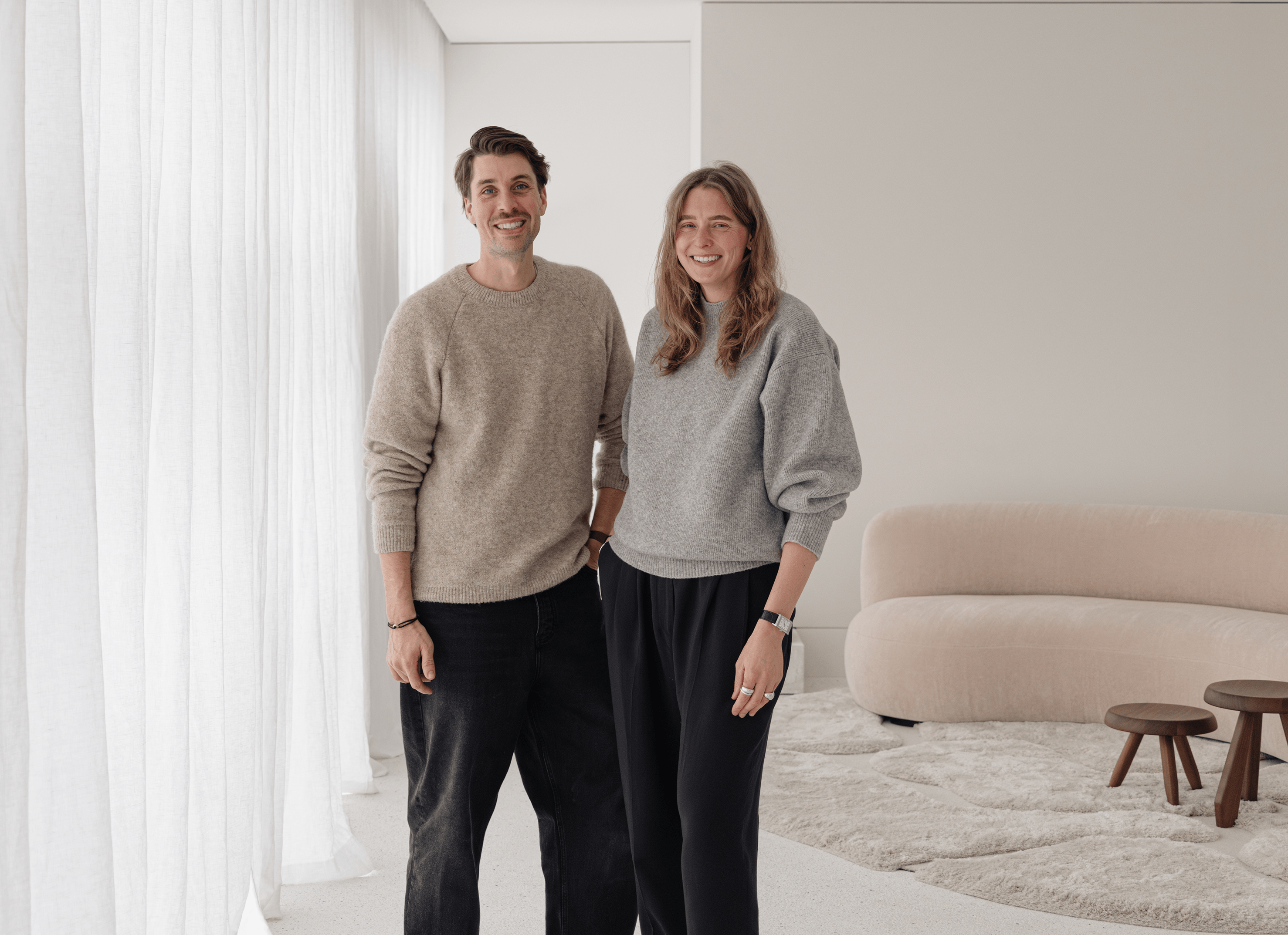Floor on sustainability at Format
Sustainability is one of Format’s core values. Not as a trend, but as a natural part of every design. For co-founder Floor, sustainability begins with materials that last for generations, combined with a timeless aesthetic. We sat down with him to explore how sustainability shapes Format’s philosophy, how it comes to life in their projects, and why, for clients, it often turns out to be a smart long-term investment.
SUSTAINABILITY AS A FOUNDATION
For Floor, sustainability is not an added layer in the design process but the very foundation on which everything rests. “For me, sustainability is about material use. If you create something that lasts sixty years or more, you really make a difference,” he explains. Sustainability therefore means not only choosing strong, robust materials but also designing with a timeless aesthetic. After all, what feels on-trend today may look outdated next year. “Trends are fleeting. You want to avoid creating something that feels dated after ten years and ends up being thrown away. That’s why we always design with the long term in mind: a timeless interior that can last for generations.”

SMART CHOICES
In practice, sustainability often translates into conscious material choices. In its early years, Format worked extensively with plywood: strong, sustainable, and perfect for the inside of cabinets. But with rising prices, this has become less straightforward. “Birch has become extremely expensive, so we now look for alternatives that are equally robust and sustainable but better suited to our clients’ budgets,” says Floor. This ongoing search for balance is typical of Format’s approach: carefully weighing up aesthetics, cost-efficiency and longevity. Clients are closely involved in these decisions. “The sustainable option is often more costly. That’s why we always offer multiple possibilities, so clients can choose. When the budget allows, we often see that they ultimately opt for the sustainable variant. It’s encouraging to see how increasingly important sustainability has become to clients.”
“Sustainability means not only choosing strong, robust materials, but also designing with a timeless aesthetic. After all, what feels on-trend today may look outdated next year.”
PRACTICAL AND FUTURE-PROOF
A clear example of how sustainability works in practice is the project for hotel The Dylan in Amsterdam. From the very first sketch, it was clear that materials and designs needed to withstand heavy use without compromising on appearance. “For example, we chose quartzite in the bathrooms, with rounded corners to make cleaning easier. For the furniture we used solid wood, not only stained but also lacquered. Lacquer is easy to clean and touch up, ensuring the furniture remains beautiful and functional for years,” Floor explains. In this project, sustainability was therefore defined not only in terms of longevity but also in usability: creating interiors that are practical for everyday life, while retaining their elegance.
Alongside traditional material choices, Format is always looking for ways to combine sustainability with innovation. One of the latest techniques the studio has embraced is the use of mortex, a cement-based finish originally applied to floors and walls. “We now use it for kitchen fronts and furniture. The material is extremely strong, versatile and gives a unique appearance. It offers clients an innovative and sustainable option that also adds something distinctive in terms of aesthetics,” says Floor. The application of such techniques shows that sustainability and design go hand in hand, not as a limitation, but as an opportunity for creativity and innovation.

INVESTING IN QUALITY
A common misconception is that sustainable interior design is always much more expensive. Floor understands where this idea comes from: the initial investment is often higher. Yet the long-term perspective is decisive. “When you choose quality, you are not spending more in the long run than you would on a cheaper solution. In fact, you gain both value and enjoyment. Your interior lasts longer, is easier to maintain and retains its appeal. Even when selling a property, a sustainable interior can add value,” he stresses. That is why he often advises clients to create a master plan for their home. “You don’t have to implement it all at once, but having a plan creates cohesion and prevents impulsive choices. Start with a strong foundation and build step by step. That’s the best way to create a sustainable and future-proof home.”
What Floor is most proud of is Format’s ability to inspire clients to make better choices. “Sometimes two materials may look identical at first glance, but there is a real difference in terms of quality and longevity. It’s rewarding when we can make that difference visible and help clients make a conscious choice. In the end, everyone benefits: the client, the environment, and future generations.”




